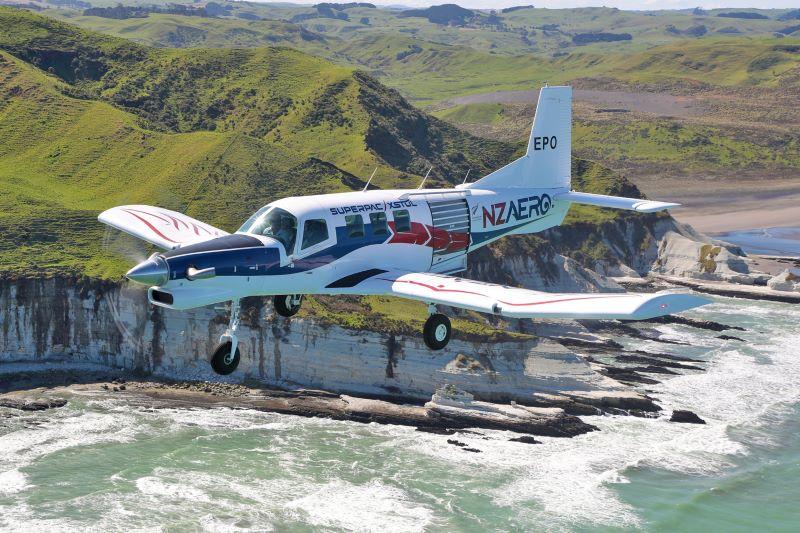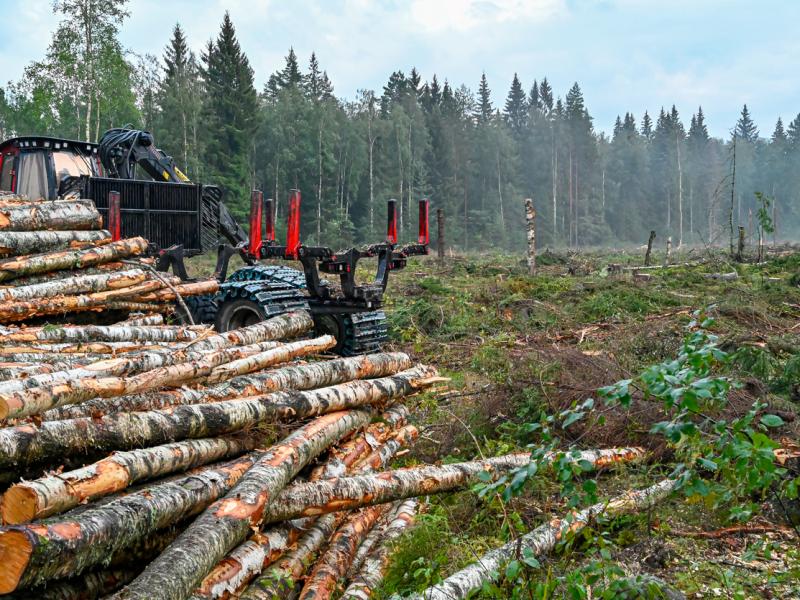A new multi-million dollar aircraft designed by Kiwi aeronautical engineers is set to help governments and humanitarian organisations save lives during natural disasters and fight the impact of climate change in some of the world’s most inaccessible regions.
The SuperPac XSTOL (Extremely Short Take-Off and Landing) aircraft, does not require a sealed runway and is capable of taking off in as little as 200m and landing on a wide variety of rugged terrains, including hillsides.
The new aircraft, which cost over $10m and took seven years to develop, is a next-generation, more powerful and fuel-efficient version of the global best-seller 750XL, the world’s first commercial XSTOL aircraft.
The ability of the aircraft to land in remote locations on only semi-prepared airstrips and rapidly take off with up to nine passengers or 2,000kg cargo has seen it sold into 28 countries, including Africa with the United Nations World Food Programme.
Closer to home, the aircraft also plays a vital role in the Pacific Islands where it is used in lifesaving medivac transports, humanitarian aid, disaster relief, border patrol and maritime surveillance.
Stephen Burrows, CEO of NZAero, the country’s only commercial aircraft maker, says the design adaption of the aircraft to New Zealand’s variable terrain and weather conditions has made it suitable for a wide range of applications to help mitigate the impact of climate change.
He says their engineers have developed a series of modular accessories for the utility aircraft that allows it to be rapidly converted within minutes to disperse fire retardant during wildfires or release rainmaking silver iodide particles above drought-stricken areas.
According to latest climate change data, wildfires are growing in intensity and spreading in range across Earth’s ecosystems, and changing weather patterns are also making droughts more frequent, severe, and pervasive. [1][2]
Researchers also say that wildfires contribute 20% of carbon emissions and burn twice as much tree cover each year as they did two decades ago.[3]
“We know that the effect of climate change is accelerating across the world and it is now more devastating to human health, economies and the environment than ever before.
“Increasingly the fight against its impact is being fought by nations around the world from the skies. In the case of wildfires, historically the focus has been on using larger aircraft to deliver payloads of fire retardant across a wider area.
“The difficulty has been that by the time a forest fire is identified and an aircraft outfitted and relocated, the fire is already well established.
“With the growing frequency of these events, governments are looking to a new paradigm and it is now possible to have smaller fleets of lower-cost SuperPacs strategically deployed in areas where forest fires are common.
“The smaller aircraft requires less training to fly and less time to refuel and take on more retardant. It can also climb to altitude significantly faster and requires a landing strip which is a fraction of the length of larger planes - but is still capable of dispersing a 2,500-litre payload across 12,330m2 of forest in 10 seconds.
“Under this model, wildfires can be brought under control while they are still relatively small,” he says.
Burrows says the aircraft is also designed to be used for other environmental applications including reducing the size of locust populations, and pollution control.
He says the aircraft can also be used to transport passengers and freight into otherwise inaccessible locations, as well as for geophysical surveying - allowing it to be used to detect minute variations in the earth’s magnetic field or measure concentrations of greenhouse gases in the troposphere.
“The predecessors to the SuperPac have formed a critical part of New Zealand’s agricultural sector for the past five decades, spreading fertiliser and pesticides.
“With climate change set to dramatically increase the intensity of locust swarms this technology is also playing a role in protecting crops in other nations around the world.
“The planes can now be equipped with Lidar, which scientists are using to map New Zealand in 3D to help with flood modelling, measuring post-climatic event land movements, as well as identifying the optimal location for forestry tracks, rail and our power industry. This equipment is also used by researchers in other nations to detect the remains of ancient civilisations.
“For countries which are heavily impacted by drought, natural disaster or are geographically isolated such as Papua New Guinea or Indonesia, this utility aircraft can lift more than its own weight - bringing hundreds of kilograms of supplies to remote villages and leave with a cargo hold full of perishable produce - providing a critical economic lifeline.
“The humanitarian aid agencies we work with across the globe tell us our aircraft saves lives every day it is operating,” he says.
Burrows says the local production of the SuperPac is also set to be a multi-million dollar boost for New Zealand’s aviation sector exports - with each aircraft valued at over $5m plus parts and accessories.
He says the aircraft are manufactured at the 5ha Waikato site which was first used by the RNZAF in 1942.
“New Zealand’s commercial aircraft manufacturing industry is relatively small by world standards but to date over 700 aircraft have been produced at our facility and the new model can trace its lineage back 70 years.
“There is significant global potential for versatile utility aircraft like the SuperPac 750XL-II and we expect to manufacture five of this model for our international customer base in 2024.
“This equates to $25m in aircraft sales for the first year, however, this could increase to $60m by 2026 if full capacity was realised. We have enquiries for firefighting for the purchase of up to 30 aircraft - which suggests there is significant interest from this market segment alone,” he says.
Burrows says the business has the potential to grow this number to 12 aircraft per year - along with the ongoing aftermarket support of spares and training.
He says to support this growth NZAero plans to increase their current staff numbers by 30% to 80 full-time employees by mid next year.






